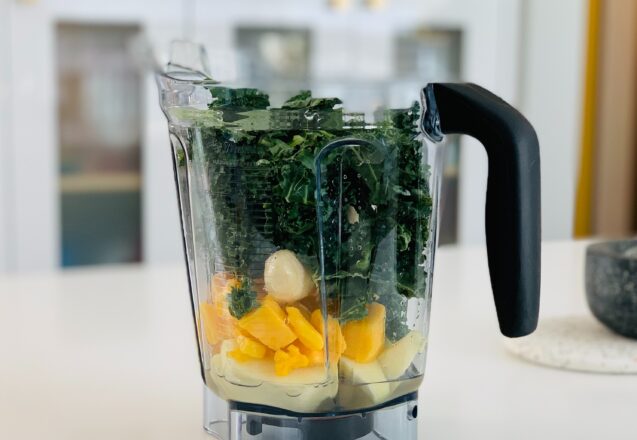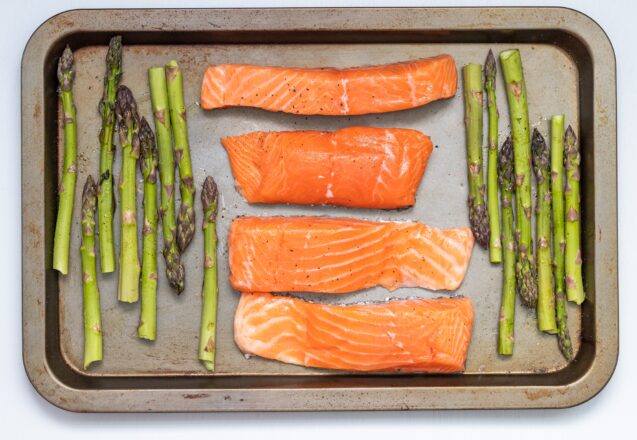Smoothies Vs. Juicing
 If you like drinking your lunch through a straw making smoothies, or juicing fruits and vegetables can be a viable option. It’s quick and easy, plus contains tons of nutrients and can be a way to get a high number of different fruits and vegetables into your menu. What’s the difference? Which one is better? The discussion is strictly on making your juice or smoothie at home, where you can control the ingredients. Too often commercially sold smoothies or juice have additives, like added sugar.
If you like drinking your lunch through a straw making smoothies, or juicing fruits and vegetables can be a viable option. It’s quick and easy, plus contains tons of nutrients and can be a way to get a high number of different fruits and vegetables into your menu. What’s the difference? Which one is better? The discussion is strictly on making your juice or smoothie at home, where you can control the ingredients. Too often commercially sold smoothies or juice have additives, like added sugar.
What’s the difference between the two?
Juicers are different from blenders and created for different purposes. A juicer separates the fiber from the fruit or vegetable. The pulp—fiber—is then discarded, leaving only the juice. That allows you to process more fruits and vegetables for each cup of juice, thereby getting more nutrients. The blender for smoothies use the whole fruit or vegetable, leaving in the fiber.
You’ll get benefits from smoothies you won’t get from juicing.
While both types of drinks provide tons of nutrients, there are some benefits you’ll enjoy with smoothies you won’t get from juicing. When you make a smoothie, the drink is thicker and it takes longer to digest, thanks to the fiber that slows down digestion. You still get the nutrients, but because it digests slower, you feel full longer. That slower processing in your system due to the fiber helps keep blood sugar level, so it’s more beneficial for diabetics. The fiber helps improve digestion, plus there’s no waste.
Juicing also has many benefits.
Of course, just like smoothies, juicing helps boost your nutritional intake. Without the fiber, particularly the insoluble fiber that doesn’t digest, one cup of juice can contain more fruits or vegetables than a cup of blended smoothie. Juice is easier to digest, since the fiber is removed, which makes it the best option for people who have problems with digestion. The nutrients are easier to extract from the juice.
- Juicers often cost more than blenders. While the cheapest are centrifugal juicers, masticating or cold press are often considered the best and tend to be quite pricey. By contrast, both jug blenders for large quantities and individual size blenders are often relatively inexpensive.
- While you can include all fruits and vegetables in smoothies, you can’t juice certain types of fruits and vegetables, such as bananas and avocados. These can provide important nutrients you’ll be missing.
- Clean up is far easier with a blender than it is with a juicer. With a blender you pour out the smoothie, put water in it, blend and empty. You can then wash the individual parts with ease.
- While it can be more expensive to make juices, since it takes more to make a cup, you’ll also get more nutrients, since there are more in a cup and it’s less filling. For those trying to lose weight, a smoothie is best. It offers fiber to keep you feeling fuller longer.
For more information, contact us today at The Worx Fitness



















